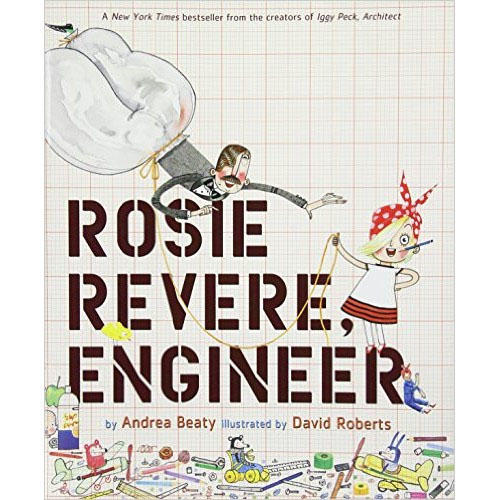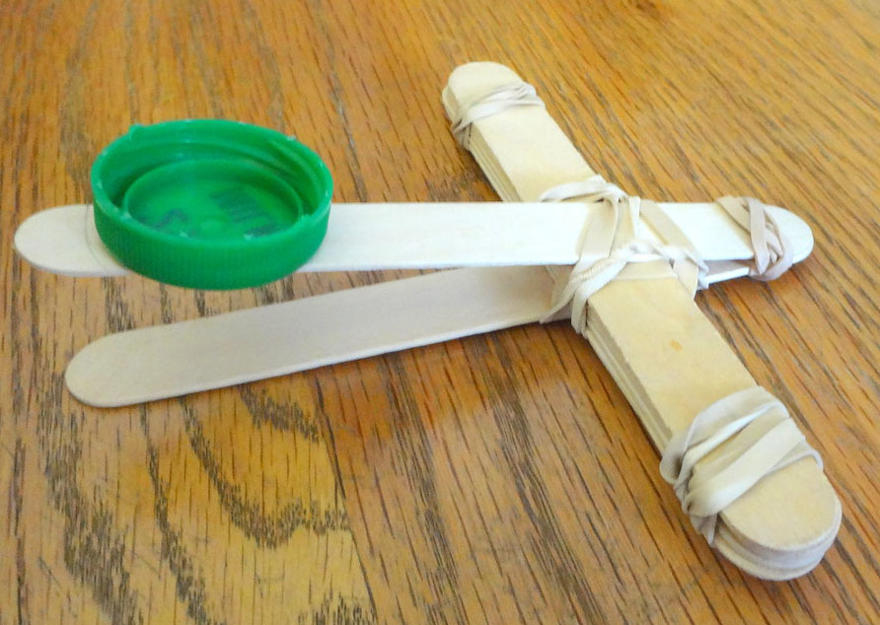How can primary school teachers make STEM subjects (Science, Technology, Engineering, and Mathematics) come alive for students?
Jacqueline Hine, a lecturer on our
Primary Teaching Initial Education course, shows us how to make learning come alive and why primary teaching can take you to places you would never have expected... all with the help of a catapult.
I absolutely cannot lie, I am THAT teacher! The one who has an outlandish topic they rely on for a creative lesson. For me it’s catapults! Unusual I know but, I have used catapults across key stage one and two in my career as a primary school teacher and here is why I love them…
When you’re teaching primary school children you want a hands-on lesson with multiple links to different sections of the curriculum. A child understanding catapults covers so many areas. I use a simple YouTube video to help get my pupils started:
(This one is fabulous as it has three variations of the catapult which you can adapt in turn.)
Curriculum Links
I truly believe there is not a year group that you couldn’t adapt a catapult lesson to. You can use it to teach 'Testing the strength of materials' in Year One or 'Using mechanisms to affect force' in year five, catapults are the answer to your cross-curricular prayers. Here are just a few links you could make with STEM subjects and English:
English
- Links to books: Interstellar Cinderella by Deborah Underwood, What do you do with an Idea? By Kobi Yamada, Ada Twist Scientist and Rosie Revere Engineer by Andrea Beaty.
- Links to writing: Report writing, instruction writing, lists, non-fiction writing, planning, drafting and evaluating.
- Links to spoken language: Asking questions, building vocabulary, justifying answers, arguments and opinions.
Science
- Within working scientifically you could develop experiments involving: friction, forces, mechanisms, tensile strength.
- Links to: comparative tests, grouping and classifying, fair testing, accuracy.
Design and Technology
- Links to NC Aims: Designing and making simple mechanisms, using a variety of tools e.g. different materials, glue guns – for older children and if you wanted to add to the complexity of a standard catapult - hand drills and knotting.
Maths
- Links to: Multiplication, finding an average, measuring, working to scale, mass/weight, simple calculations of speed, estimation, rounding, using decimals and many more!

I have predominantly used catapults as part of STEM projects, by asking the children to read a book as an initial stimulus. I adore the gender-neutral positivity of Andrea Beaty’s books. Rosie Revere Engineer works particularly well with the engineering and growth mind-set side of a catapult STEM project.
Why Catapults Work and Inspire Children
One of the biggest reasons that I love using catapults in the classroom, ironically, has very little to do with the catapult itself. Here is a list of reasons why you should love teaching with catapults too:
Reason 1: Catapults are an easy way to generate cross-curricular learning. The benefits of which are numerous and are detailed expertly by Kerry (2010). In my mind, catapults also encourage children to lead their own learning by asking questions and justifying answers.
Reason 2: Catapults lend themselves so easily to inclusive practice. There are many practical elements for those that prefer hands-on learning - you can use many methods of recording results and using catapults works especially well with supportive technology such as Book Creator and Google Classroom. There are also many opportunities for peer support and feedback that can develop ‘soft skills’ which are important for all learners in your classroom.
Reason 3: Purpose. Start with the historical context of a catapult, link it to how we improve upon designs over time with the use of an engineering focused text (Rosie Revere Engineer!) and before you know it, your class will be learning with purpose and be excited to start designing the best catapult possible!
How can you be in any doubt about trying out catapults in your classroom after that?!

I love a good catapult making/ STEM/cross-curricular project and it is these kinds of lessons that have changed the course of my career (don’t ever let anyone tell you a teaching degree limits you!). My STEM lessons have always been the most successful discussions at job interviews and as a result I have had an unusual career.
The Primary Initial Teaching Education (With QTS) BA (Hons) at the University of Worcester offers pathways in both Early years (ages 3-7) and Later Years (5-11) and offers a balance between involving and innovative teaching and supportive placements.
Reference
Kerry, T (2010) Cross-curricular teaching in the primary school, Oxon, Routledge
All views expressed in this blog are the Academic’s own and do not represent the views, policies or opinions of the University of Worcester or any of its partners.